KEEP UP WITH OUR DAILY AND WEEKLY NEWSLETTERS
happening now! in an exclusive interview with designbooom, CMP design studio reveals the backstory of woven chair griante — a collection that celebrates twenty years of Pedrali’s establishment of its wooden division.
explore the series of high-tech toys and devices designed with modern features for adults.
its external body features abstract semi-circles in white and gray over a warm gray base, subtly evoking the ripples and waves of flowing water.
connections: +430
designboom interviews chief design officer gorden wagener to discuss the ‘frunk’, AI agents that detect the driver’s moods, and more.
a real-life model of the two-wheeler appears at honda welcome plaza aoyama in tokyo, japan in march 2025.
connections: +550
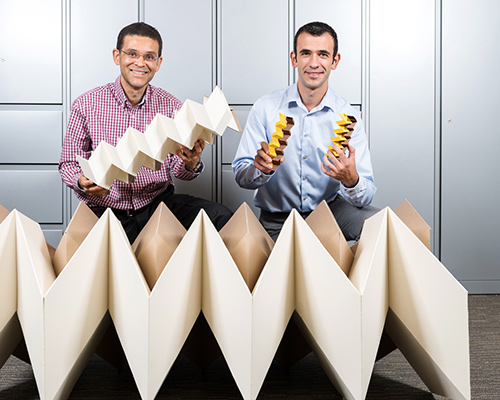
 the team uses paper prototypes to demonstrate how the thin flexible sheet
the team uses paper prototypes to demonstrate how the thin flexible sheet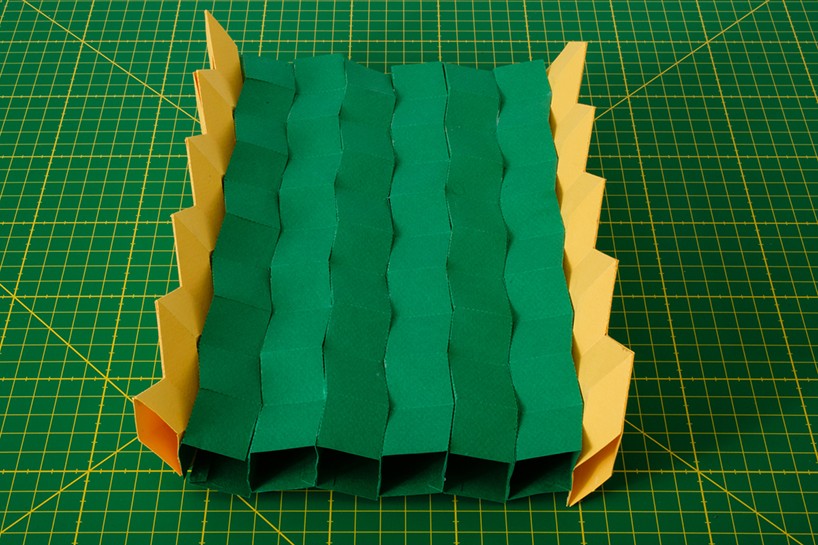 the zipper configuration works with tubes that have different angles of folding
the zipper configuration works with tubes that have different angles of folding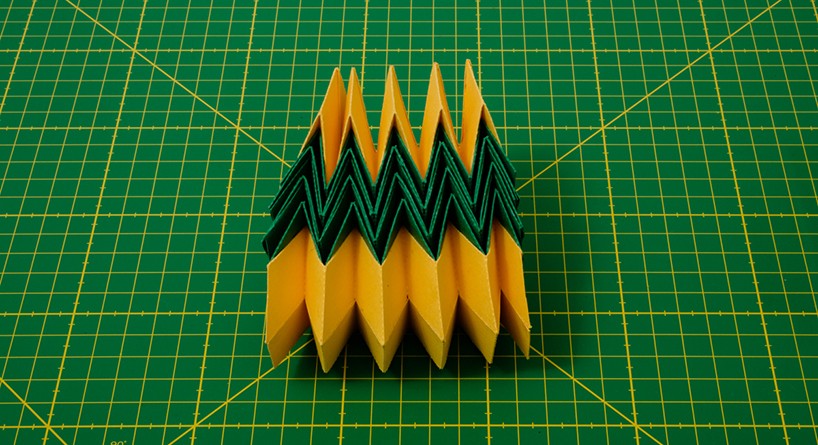 they found interlocking two tubes in zipper-like fashion made it stiffer
they found interlocking two tubes in zipper-like fashion made it stiffer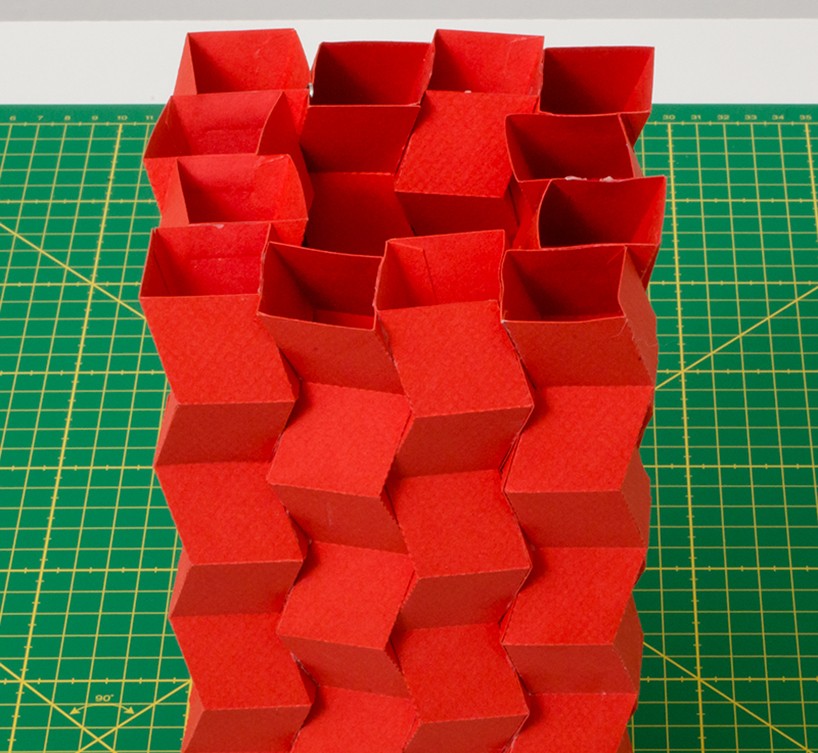 zigzag-folded strips of paper
zigzag-folded strips of paper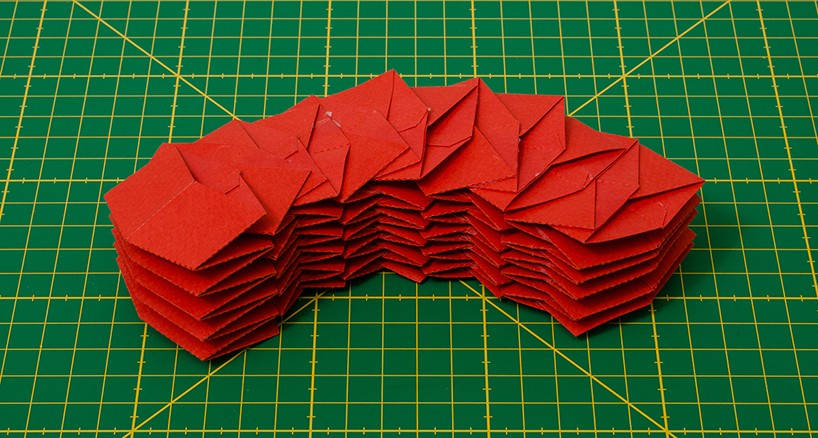 the project has potential for quick-assembling emergency shelters
the project has potential for quick-assembling emergency shelters



